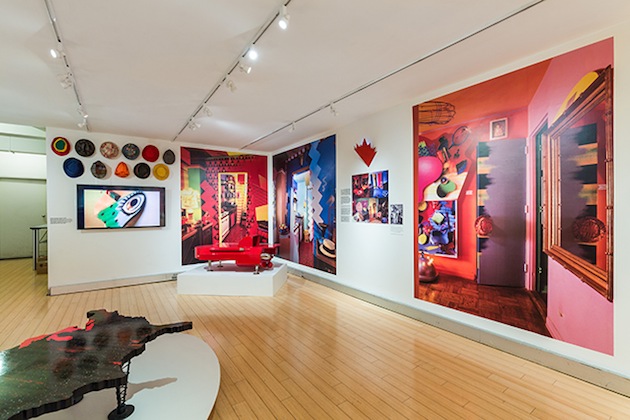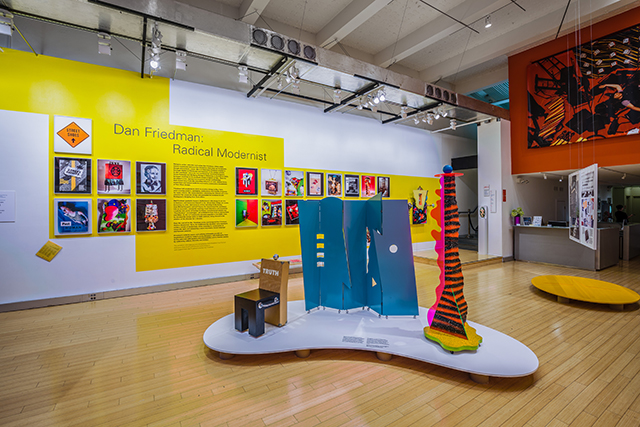
In a playful personal text written for Dan Friedman’s 1994 book “Radical Modernism”, Alessandro Mendini writes: “It was after visiting his house (this wonderfully coherent integration of design and life) in 1986, with Pierre Restany, that I made up my mind to consider Dan Friedman ‘one of my masters’. I have very few masters and I don’t like having them, but when I do come across one, I want him or her to be much older than me (Kandinsky, Legér) or much younger (…for instance, Friedman). Masters serve this purpose: to be envied and imitated. What I envy Dan is his highly coherent merging of art and life.” For Friedman, it was precisely a significant shift in life that brought about his most revealing work, and it was an equally meaningful change in his approach to work that altered the course of his life.
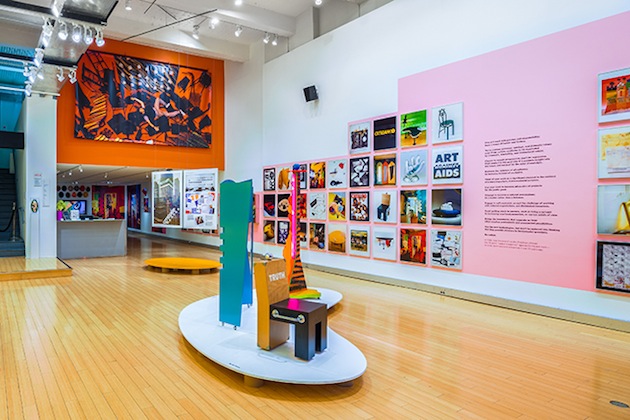
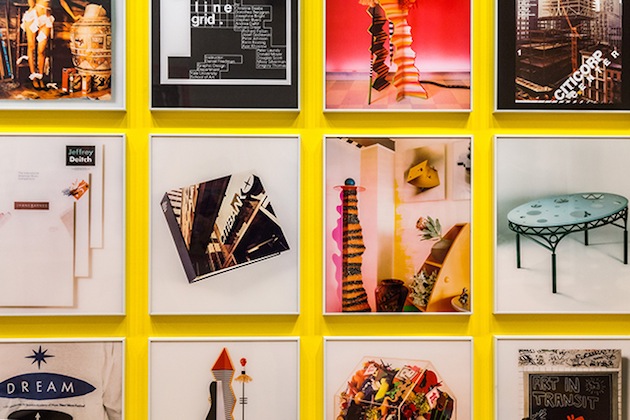
Dan Friedman (1945-1995) studied graphic design at Carnegie Mellon, followed by a study fellowship in Europe, first at Ulm, until its closure in 1968, and later in Basel. It was Basel’s design school, with its prominent teachers Armin Hofmann and Wolfgang Weingart, that introduced Friedman to Modernism and its rigid rules, which he would subsequently push to the limits and subvert. Upon his return to the United States, Friedman started teaching at Yale, a career he would pursue until 1974, the year he moved to New York to start working in commercial graphics. After working at Pentagram on complex corporate projects – the most notable of which is surely the identity of Citicorp – Friedman’s firm belief in Modernism’s ethical values and ideological framework lead him to abandon the professional design sphere.
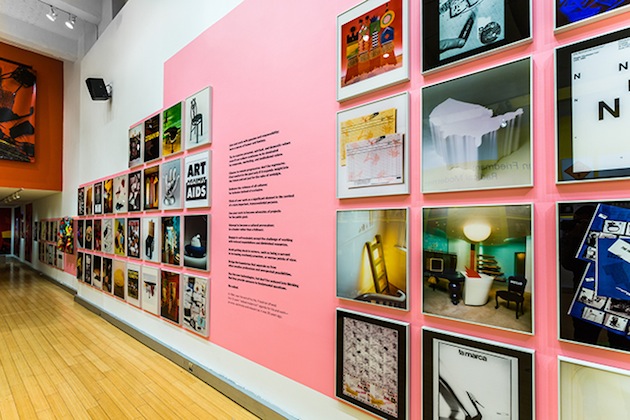
It was Friedman’s refusal to accept the exploitation of Modernist visual codes within the commercial sphere that brought the most profound change in his life and work. In the second half of the 70s, Friedman changed everything. “He shaved his head, purged his body with a macrobiotic diet, openly embraced a homosexual lifestyle and joined the downtown art scene,” wrote his friend and colleague Chris Pullman, explaining how this radical shift in lifestyle, ultimately led to Friedman’s new approach to design: “In just a few years Dan had made good on his personal vow to experience a whole new side of culture, one which he found full of energy, fantasy and optimism. […] In the end, as a student, a teacher, a designer and an artist, what set Dan apart, and accounts for his amazingly diverse but coherent body of work, is that Dan pursed an approach not a style.”
Borrowing the title from his book, AIGA, the professional association for design, celebrates Friedman’s work with an exhibition titled “Dan Friedman: Radical Modernist”. Curated by Chris Pullman, the exhibition traces Friedman’s vibrant work, from academia to corporate culture, from experimental art projects to his ever-evolving laboratory and home. “Dan Friedman: Radical Modernist” runs until January 9th 2015 at AIGA Design Center in New York.
